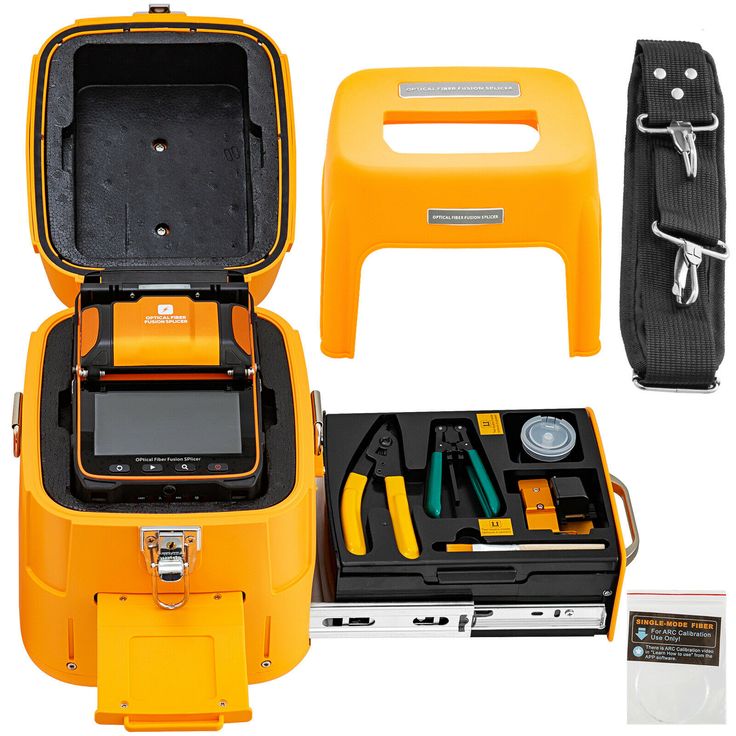
A fusion splicing machine is a device used to join two optical fibers end-to-end through a process known as fusion splicing. This process involves aligning the two fiber ends precisely and then using an electric arc or other heat source to melt and fuse them together, creating a continuous optical path. Fusion splicing is essential for creating low-loss, permanent connections between optical fibers, and it is widely used in telecommunications, data centers, and other applications where reliable fiber optic connections are necessary.
Here are some key components and steps involved in the fusion splicing process:
- Preparation: The optical fibers are stripped of their protective coatings, cleaned, and cleaved to create smooth, perpendicular end faces.
- Alignment: The cleaved fibers are placed in the splicing machine, which uses high-precision motors and cameras to align the fiber ends accurately.
- Fusion: Once aligned, the machine generates an electric arc or uses another heat source to melt the fiber ends. The molten ends are then pressed together, allowing them to fuse and form a single, continuous fiber.
- Inspection: After the fibers are fused, the splicing machine inspects the splice to ensure it is free of defects and meets quality standards.
- Protection: The splice is typically protected with a splice sleeve or other protective covering to ensure mechanical strength and environmental protection.
Fusion splicing machines are crucial tools for fiber optic network installation and maintenance, as they provide high-quality, low-loss splices that are essential for efficient data transmission.
